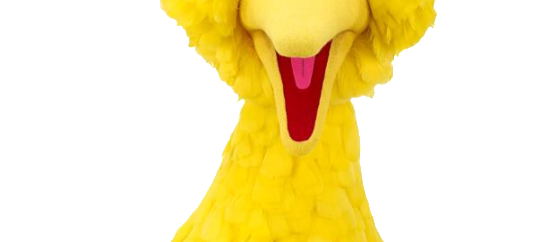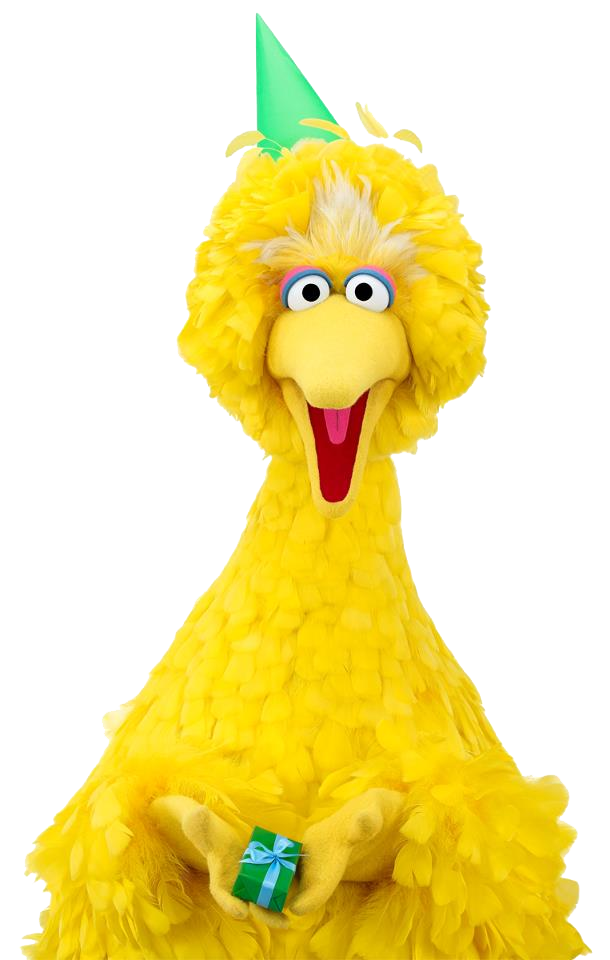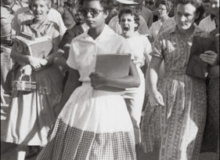Last month Sesame Street celebrated its 45th Birthday! If you’ve read this blog before you know that not only am I a huge fan of the show, but I am a big supporter of Sesame Workshop, the non-profit behind the television production. This being Giving Tuesday, I encourage you to make a donation to Sesame Workshop, or any non-profit that you support.
The story of Sesame Street’s creation is an amazing one, and lots has been written about it (I recommend Street Gang: The Complete History of Sesame Street and Sesame Street: A Celebration of 40 Years of Life on the Street
) here are the highlights:
Sesame Street and the Children’s Television Workshop (now Sesame Workshop) were created by Joan Ganz Cooney, a woman who was compelled to work in educational television as soon as she learned that such a thing existed. She originally appiled to be a publicist for her local station, but upon being told that they needed producers, she told them that she could do that, despite never having done it before. She’s said: “I’ve never been qualified for any job I’ve been hired for”. This is a woman who heard her calling and went for it. She’s one of my personal heroes, and I hope some day to get to tell her that in person.
Anyway, Cooney had this idea that they could take the addictive properties of television, a concern that was already being expressed by the mid 60’s, and turn them into a way to benefit children. Children’s Television Workshop was started and conducted over two years of research on the best ways to prepare children for school through the medium of television.
For many kids, it was the only program on television that showed a street like theirs, in a neighborhood like theirs, with neighbors like theirs. Sesame Street, the place, was gritty and urban. The people in the neighborhood were white, latino, and black. They showcased kids and adults who were deaf and in wheelchairs. Some grownups were hippies, some were preppies (Bob!). There were women in the fix-it shop and women who were moms. There have been births, deaths (my surrogate grandfather Mr. Hooper!), divorce and deployment. Sesame Street showcased the reality of many of its young, urban viewers, something was revolutionary then, and still rare now.
By 1979 (the year *I* started watching Sesame Street) over nine million kids were watching Sesame Street daily. I watched Sesame Street every single day from about age one until I was probably developmentally way too old to be watching it. My parents couldn’t really afford early childhood education for us, and my mother cites Sesame Street as a big reason that I was an early talker, an early reader, and was educationally ready for kindergarten.
These days Sesame Workshop works around the globe to help young children cope with the issues that affect them. Their current initiatives in the U.S. include fighting childhood obesity, a program to help children grieving the loss of a parent, and a program to help children in families who are experiencing job loss/economic uncertainty. In Indonesia two thirds of children watch Jalan Sesama, the local version of Sesame Street, which aims to teach children in super diverse Indonesian archipelago about their share cultural identity. In India, Galli Galli Sim Sim, actually comes to the children. A repurposed vegetable cart outfitted with a DVD player travels to the Indian slums, giving the children there access to an early childhood education program.
I wholeheartedly believe that if we wish to see great change in our world, we need to educate our children. All of our children, all over the world. Sesame Workshop is doing just that, Happy, happy birthday to my friends at Sesame Street. And many, many returns.
For more information and to donate to Sesame Workshop visit their website at SesameWorkshop.org
Book links are affiliate links through amazon.com. Any purchase made through those links makes me a few pennies (literally pennies) which help me pay for the upkeep for the site.









